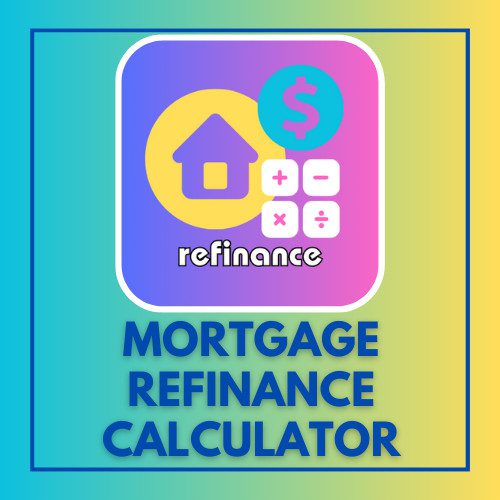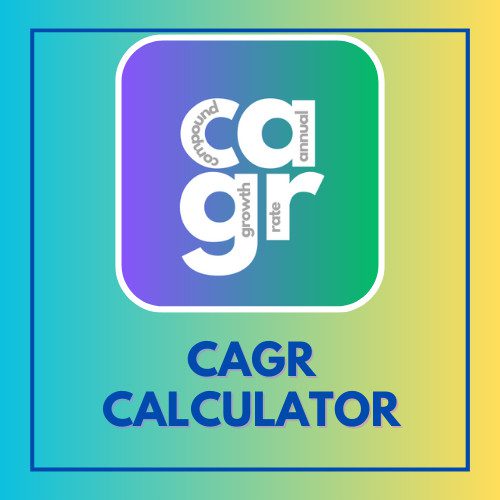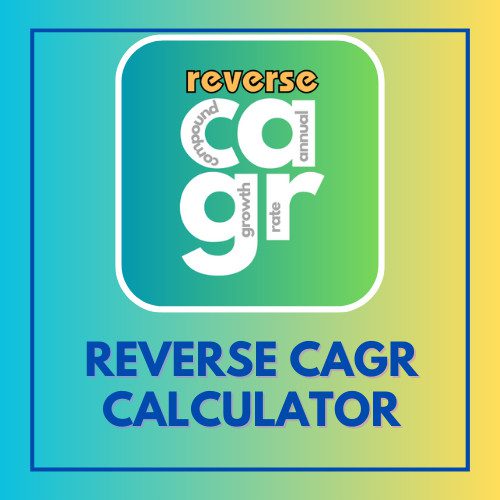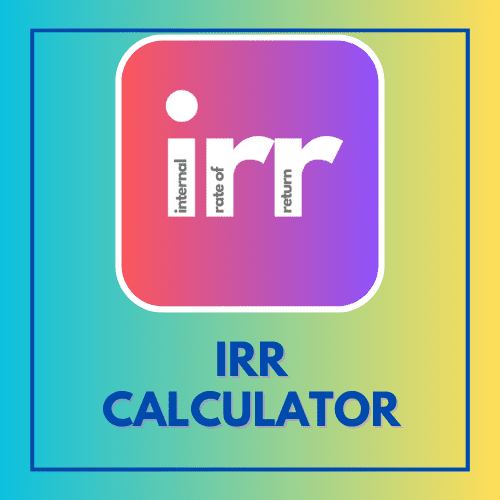This article has been reviewed by Sumeet Sinha, MBA (Emory University Goizueta Business School). Should you have any inquiries, please do not hesitate to contact at sumeet@finlightened.com.
Looking to invest in soccer cards? Let’s understand the soccer card investment market first.
The soccer card market has boomed in recent years, with sales increasing by over 1500% on eBay alone. This boom is due to a number of factors, including the growing popularity of soccer worldwide, the increasing number of high-profile players and teams, and the rise of online marketplace.
As a result of this boom, the value of many soccer cards has skyrocketed. For example, a Cristiano Ronaldo rookie card that sold for $2,000 in 2016 is now worth over $100,000.
Why can collecting soccer cards potentially make you a lot of money?
First, the soccer card market is still relatively young, which means that there is a lot of potential for growth. Second, the market is global, which means that there is a large pool of potential buyers and sellers. Third, the market is very liquid, which means that it is relatively easy to buy and sell soccer cards.
Finally, the value of soccer cards is driven by a number of factors that are likely to continue to increase in value over time, such as the popularity of soccer, the increasing number of high-profile players and teams, and the scarcity of certain cards.
This blog is intended to provide a comprehensive guide for beginners to investing in soccer cards. It will cover all aspects of the hobby, from setting a budget and doing your research to choosing a reputable dealer and building your portfolio.
The blog will also provide tips for success, such as being patient, not getting emotionally attached to your cards, diversifying your portfolio, and keeping up with the market.
Understanding the Soccer Card Investment Market
1. Historical perspective of soccer cards
The first soccer cards were released in the early 1900s, but the hobby didn’t really take off until the 1960s. In 1961, the Panini brothers released their first set of soccer stickers, which quickly became popular throughout Europe.
In the 1970s, soccer cards began to be released in the United States by companies such as Topps and Donruss. However, the soccer card market in the US remained relatively small until the late 1990s.
In 1994, the United States hosted the FIFA World Cup, which led to a surge in popularity of soccer in the country. This popularity boost also led to an increase in demand for soccer cards.
In the early 2000s, the soccer card market experienced another boom, driven in part by the release of the Panini Adrenalyn XL trading card game. This game was very popular with children, and it helped to introduce a new generation of fans to the hobby of collecting soccer cards.
In recent years, the soccer card market has continued to grow, thanks in part to the rise of online marketplaces such as eBay and Card Ladder. These marketplaces have made it easier for buyers and sellers to connect, and they have also helped to increase the value of many soccer cards.
2. The current state of the soccer card investment market
The soccer card market is currently in a very strong state. In 2023, the market is expected to generate over $10 billion in sales. This growth is being driven by a number of factors, including the increasing popularity of soccer worldwide, the increasing number of high-profile players and teams, and the rise of online marketplaces.
The soccer card market is also very global. There are buyers and sellers of soccer cards all over the world, which means that there is a large pool of potential buyers and sellers. This liquidity makes it relatively easy to buy and sell soccer cards.
3. Factors influencing soccer card values
The value of soccer cards is influenced by a number of factors, including:
Bestseller Personal Finance Books
- Player popularity: The more popular a player is, the more valuable their cards will be.
- Team performance: The better a team performs, the more valuable their players’ cards will be.
- Card rarity: The rarer a card is, the more valuable it will be.
- Card condition: The better the condition of a card, the more valuable it will be.
- Card type: Some types of cards, such as rookie cards and autographed cards, are more valuable than others.
Budgeting and Financial Planning for Soccer Cards Investment
1. Setting a realistic budget to invest in soccer cards
One of the most important steps in investing in soccer cards is to set a realistic budget. It is important to remember that investing in soccer cards is a risky hobby, and you should only invest money that you can afford to lose.
A good rule of thumb is to set aside no more than 5% of your disposable income for investing in soccer cards. This will help you to avoid spending too much money on the hobby, and it will also help to reduce your risk if you lose money on your investments.
2. Diversification: Spreading investments across different players and sets
Another important principle of investing in soccer cards is diversification. This means spreading your investments across different players, teams, and sets. This will help to reduce your risk if the value of one player’s cards declines.
A good way to diversify your portfolio is to invest in a variety of different players from different teams and different leagues. You can also invest in different types of cards, such as rookie cards, autographed cards, and limited edition cards.
Risk Management Strategies for Long-term Success While Investing in Soccer Cards
- Be patient to build a successful soccer card investment portfolio.
- Invest in players who have a long-term track record of success.
- Avoid investing in players who are overvalued. Overvalued players are players whose card values are higher than their actual value. If you invest in an overvalued player, you are more likely to lose money if the value of their cards declines.
- Keep up with the soccer card market. This means following the latest trends and news, and it also means tracking the values of the cards in your portfolio. By keeping up with the market, you can make informed decisions about when to buy and sell cards.
Authentication and Grading of Soccer Cards
1. The importance of card authentication
Card authentication is the process of verifying the authenticity of a soccer card. This is important because there are many counterfeit soccer cards on the market. Counterfeit cards are worthless, and they can deceive investors.
There are a number of different ways to authenticate a soccer card. One common way is to send the card to a grading service. Grading services will inspect the card for signs of counterfeiting, and they will issue a certificate of authenticity if the card is genuine.
Another way to authenticate a soccer card is to compare it to known authentic cards. This can be done by looking at the card’s design, printing quality, and materials.
It is important to note that no authentication method is 100% reliable. However, by using multiple authentication methods, investors can reduce the risk of buying counterfeit cards.
2. Understanding grading systems
Grading systems are used to assess the condition of soccer cards. The most common grading systems are PSA (Professional Sports Authenticator), BGS (Beckett Grading Services), and SGC (Sportscard Guaranty Corporation).
Each grading system has its own unique set of criteria for assessing card condition. However, all three grading systems use a 10-point scale, with 10 being the highest grade.
Buying Soccer Cards As Investment
1. Choosing between singles, boxes, and packs
When buying soccer cards, you have the choice of buying singles, boxes, or packs.
- Singles: Buying singles is the most expensive way to buy soccer cards, but it is also the most efficient way to build a specific collection. When buying singles, you can be sure that you are getting the exact cards that you want.
- Boxes: Buying boxes is a more affordable way to buy soccer cards than buying singles, but you are not guaranteed to get the cards that you want. Boxes typically contain a mix of different players and sets.
- Packs: Buying packs is the least expensive way to buy soccer cards, but it is also the most risky way to buy soccer cards. Packs typically contain a mix of common and rare cards, but the odds of getting a rare card are very low.
2. Evaluating the condition of cards before purchase
When evaluating the condition of soccer cards before purchase, there are a number of factors to consider, including:
- Corners: The corners of a card should be sharp and free of dents or creases.
- Edges: The edges of a card should be sharp and free of fraying or whitening.
- Surface: The surface of a card should be clean and free of scratches or blemishes.
- Centering: The card should be centered properly within the case.
3. Exploring different purchasing platforms
There are a number of different platforms where you can buy soccer cards. Some of the most popular platforms include:
- eBay: eBay is a popular online marketplace where you can buy and sell soccer cards. eBay offers a wide selection of soccer cards at a variety of prices.
- Card shows: Card shows are events where collectors can buy and sell soccer cards in person. Card shows can be a great place to find rare and one-of-a-kind cards.
- Auctions: Soccer cards are also sold at auctions. Auctions can be a good place to find rare and valuable soccer cards.
Storing and Protecting Your Soccer Cards
1. Proper storage materials and techniques
The proper storage of soccer cards is essential to maintaining their condition and value. Here are some tips for storing soccer cards properly:
- Use acid-free card sleeves and toploaders. Card sleeves protect cards from dust and dirt, while toploaders provide additional protection from bending and creasing.
- Store cards in a cool, dry place. Avoid storing cards in direct sunlight or in humid conditions.
- Keep cards away from extreme temperatures. Avoid storing cards in hot or cold environments.
- Store cards in a sturdy storage container. A sturdy storage container will protect cards from physical damage.
2. Tips for maintaining card condition over time
- Handle cards carefully. Avoid touching the front of cards with your bare hands. The oils from your hands can damage the surface of the card.
- Keep cards clean. If a card gets dirty, use a soft cloth to gently wipe it clean.
- Avoid bending or creasing cards. Be careful when handling and storing cards to avoid bending or creasing them.
- Have cards graded and authenticated. Grading and authentication can protect the value of your cards and make them more attractive to potential buyers.
Building a Portfolio For Soccer Card Investment
1. Strategies for assembling a balanced card collection

When building a soccer card portfolio, it is important to assemble a balanced collection. This means investing in a variety of players, teams, sets, and card types. This will help to reduce your risk if the value of one player’s cards declines.
One strategy for assembling a balanced portfolio is to invest in a mix of rookie cards, autographed cards, and limited edition cards.
Rookie cards are the first cards of a player’s career, and they are often the most valuable cards. Autographed cards are signed by the player, and they are also very valuable. Limited edition cards are produced in limited quantities, and they are often very valuable.
Another strategy for assembling a balanced portfolio is to invest in players from different leagues and different countries. This will help to reduce your risk if one league or country experiences a decline in popularity.
2. Tracking and managing your card investments
Once you have assembled a portfolio, it is important to track and manage your investments. This means keeping track of the value of your cards and making adjustments to your portfolio as needed.
There are a number of ways to track the value of your cards. One way is to use a soccer card price guide. Another way is to use online resources such as eBay and CardLadder.
Once you have a good understanding of the value of your cards, you can start to manage your investments. This may involve buying and selling cards, or it may involve simply monitoring your portfolio and making adjustments as needed.
Selling and Liquidating Your Soccer Cards
1. Knowing when to sell for maximum profit
The best time to sell your soccer cards for maximum profit is when the market is hot. This typically means selling when players are performing well, teams are winning, and market sentiment is bullish.
There are a number of ways to gauge the market temperature. You can look at recent sales data, read investment blogs and articles, and talk to other collectors.
Once you have a good understanding of the market temperature, you can make an informed decision about when to sell your cards.
2. Navigating tax implications and legal considerations
There are a number of tax implications and legal considerations to keep in mind when selling soccer cards.
If you are selling soccer cards as a hobby, you may be able to deduct the cost of your cards from your income taxes. However, there are a number of restrictions on this deduction.
If you are selling soccer cards as a business, you will be taxed on your profits. You will also need to obtain a business license and pay any applicable taxes.
It is important to consult with a tax advisor to learn more about the tax implications of selling soccer cards.
Risks and Challenges If You Invest In Soccer Cards
1. Market volatility and unpredictability
The soccer card market is volatile and unpredictable. This means that the value of soccer cards can fluctuate wildly, and there is no guarantee that your investments will increase in value over time.
There are a number of factors that can contribute to the volatility of the soccer card market, including:
- Player performance: The performance of a player can have a significant impact on the value of their cards. For example, if a player is injured or underperforms, the value of their cards is likely to decline.
- Team performance: The performance of a player’s team can also have an impact on the value of their cards. For example, if a team is struggling, the value of the players’ cards is likely to decline.
- Market sentiment: Market sentiment can also play a role in the volatility of the soccer card market. For example, if investors are bullish on the soccer card market, the value of cards is likely to increase.
2. Potential pitfalls and common mistakes to avoid
There are a number of potential pitfalls and common mistakes to avoid when investing in soccer cards. Some of the most common mistakes include:
- Overpaying for cards: It is important to do your research and avoid overpaying for cards. There are a number of resources available to help you determine the fair market value of soccer cards.
- Investing in hype: It is important to avoid investing in cards based on hype alone. Hype can drive up the price of cards artificially, and there is no guarantee that the hype will last.
- Not diversifying your portfolio: It is important to diversify your portfolio by investing in a variety of players, teams, and sets. This will help to reduce your risk if the value of one player’s cards declines.
Not having a long-term investment horizon: Investing in soccer cards is a long-term investment. It is important to be patient and not expect to get rich quickly.
Final Word
Investing in soccer cards can be a lucrative endeavor, but it is important to do your research and invest wisely. By following the tips in this blog post, you can increase your chances of success and build a profitable soccer card investment portfolio.
Here are some key takeaways:
- Set a budget and stick to it.
- Diversify your portfolio by investing in a variety of players, teams, and sets.
- Do your research and invest in players with a long-term track record of success.
- Buy and sell cards at the right time to maximize your profits.
- Be patient and don’t expect to get rich quick.
Investing in soccer cards can be a fun and rewarding hobby, but it is important to remember that it is also a risky investment. Only invest money that you can afford to lose.
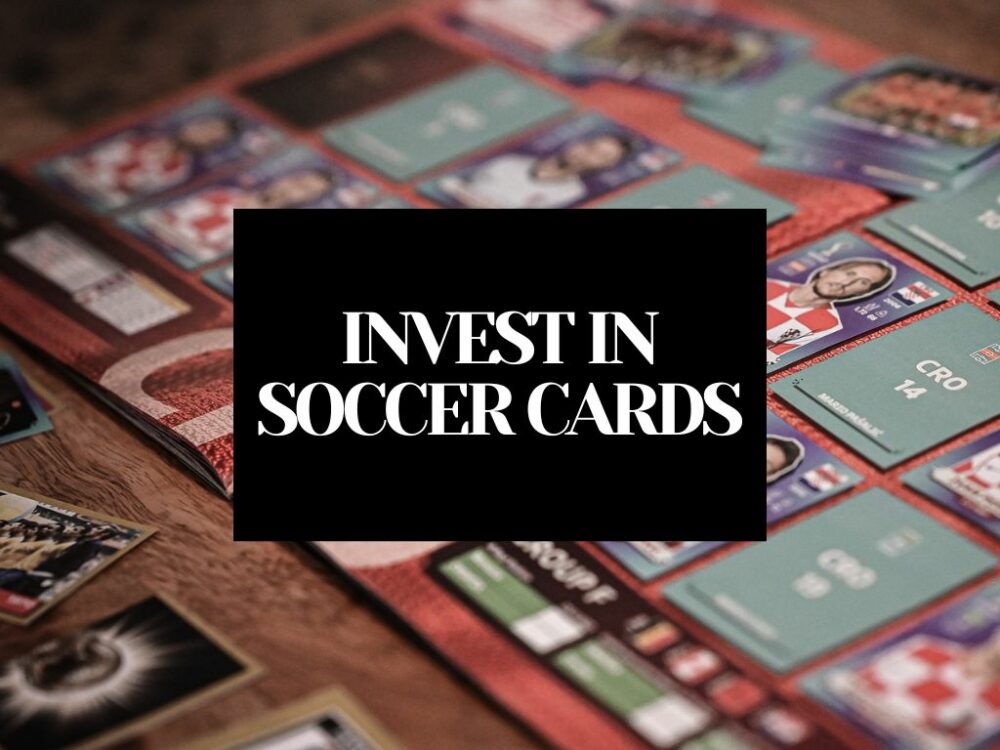

Read more
Popular Topics: Stocks, ETFs, Mutual Funds, Bitcoins, Alternative Investing, Dividends, Stock Options, Credit Cards
Posts by Category: Cash Flow | Credit Cards | Debt Management | General | Invest | Mini Blogs | Insurance & Risk Mgmt | Stock Market Today | Stock Options Trading | Technology
Useful Tools
Student Loan Payoff Calculator | Mortgage Payoff Calculator | CAGR Calculator | Reverse CAGR Calculator | NPV Calculator | IRR Calculator | SIP Calculator | Future Value of Annuity Calculator
Home | Blog
Our Financial Calculator Apps
Page Contents




